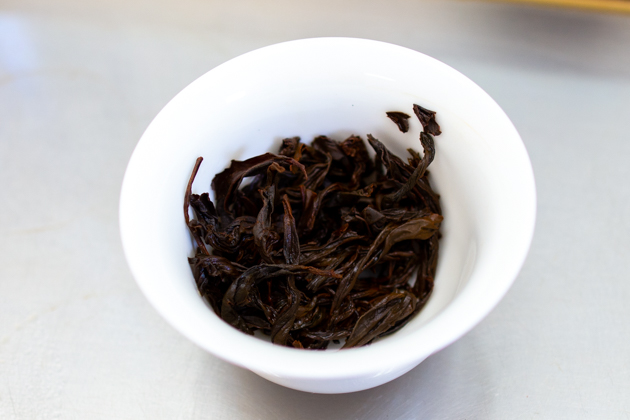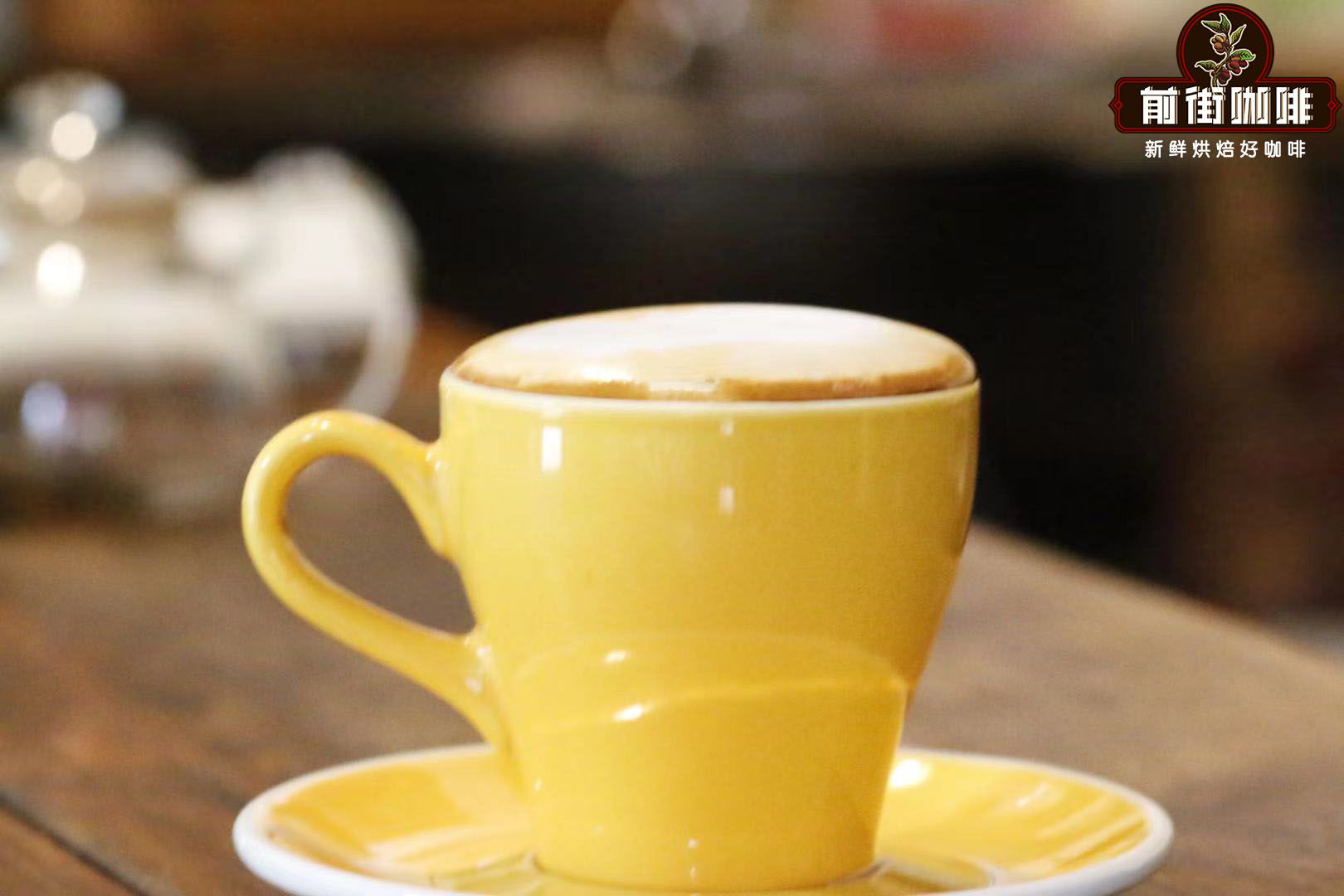What are the best varieties of Gaoshan tea in China? what are the top ten famous teas? what is the most fragrant, smooth and delicious tea?
When we talk about taste, what are we talking about? Of course, when you read the tea descriptions and pick the tea that best suits your taste, you may notice the so-called "taste". Of course, taste is an important part of tasting and understanding every tea. Even coffee, alcoholic beverages and food! Of course, if you're tasting something, it's impossible to get rid of the texture. However, some of us may not be used to putting too much thought into it. In this article, we will delve into the taste and how to decipher it during tea tasting!
The taste of tea
What does it taste like?
It tastes the same as it sounds. Therefore, we can describe it as a physiological sensation produced in our mouth by a particular food or drink. However, it is different from taste. Moreover, it is not only the feeling of tea in our mouths, but also the feeling of our upper jaws after drinking tea.
Taste and sweetness
In Chinese, this combination of taste and aftertaste is called "huigan". You may hear this often in tea terms. In short, taste refers to the sensation of food or drink.
"Huigan" in particular is a rather elusive term, and tea connoisseurs are still debating its definition, just like tea gas. So if we had to describe it, we could say it was a pleasant sweetness after some initial astringency. In addition, a cooling sensation covers the back of our throats. All in all, though, we can describe it as a tea aftertaste that lingers over us while we drink tea.

From a scientific point of view, taste is actually very important. To a large extent, our brains determine whether we like a tea based on its taste. For example, many people can't stand astringency, while others love tea with moderate astringency!
There's actually a special study of these concepts called food rheology. However, we will try to explain it in clear terms, and of course, it has to do with tea.
Another common way to describe taste is to use the word "body." For example, a strong tea. A tea that can be described as strong, strong, or viscous.
Some of the textures do overlap with the flavors. For example, we might use the term "taste of tea" to describe something, but it's actually "texture." In Chinese tea tasting, it is so common that there is even a word to describe it-Gan.
Common categories of tea taste
Dry. You may notice that after drinking a particular tea, your mouth feels thirsty. This is most common in black tea. Some black teas from India have an almost unbearable dry mouth quality. Although we found the astringency of Chinese black tea pleasant and balanced. If you want to try this quality again, we recommend you try the mellow Chinese black tea.
Heavy, this is called "rich." This sensation is caused by the tea's thick, heavy liquid, which often wraps pleasantly around the mouth. Zhengshan small seed black tea is a typical example.
Smooth. This is similar to the feeling of drinking milk, and tea definitely has this quality! For example, milk oolong tea has these qualities. This is one of the biggest reasons why many people love tea!
Important Notice :
前街咖啡 FrontStreet Coffee has moved to new addredd:
FrontStreet Coffee Address: 315,Donghua East Road,GuangZhou
Tel:020 38364473
- Prev

What are the characteristics of good tea after brewing? Where is the production place of alpine tea in China?
If you are an experienced tea drinker, you will certainly question what determines the price of tea during your tea trip. If you are entering the vast world of tea, the problem may only just begin. In today's blog post, we will discuss the five signs of tea quality, which in turn may determine the price of tea. Five marks of tea quality 1: variety. Cultivation
- Next

Introduction to coffee: the correct way to make authentic cappuccino coffee gold ring
As people become more and more obsessed with coffee flowers, so that many baristas have to show their strength when producing lattes, Australian white coffee and even cappuccino coffee ~ this makes many friends begin to confuse a question: "so is there really a difference between a cappuccino and a latte?" "Cabo.
Related
- Beginners will see the "Coffee pull flower" guide!
- What is the difference between ice blog purified milk and ordinary milk coffee?
- Why is the Philippines the largest producer of crops in Liberia?
- For coffee extraction, should the fine powder be retained?
- How does extracted espresso fill pressed powder? How much strength does it take to press the powder?
- How to make jasmine cold extract coffee? Is the jasmine + latte good?
- Will this little toy really make the coffee taste better? How does Lily Drip affect coffee extraction?
- Will the action of slapping the filter cup also affect coffee extraction?
- What's the difference between powder-to-water ratio and powder-to-liquid ratio?
- What is the Ethiopian local species? What does it have to do with Heirloom native species?

